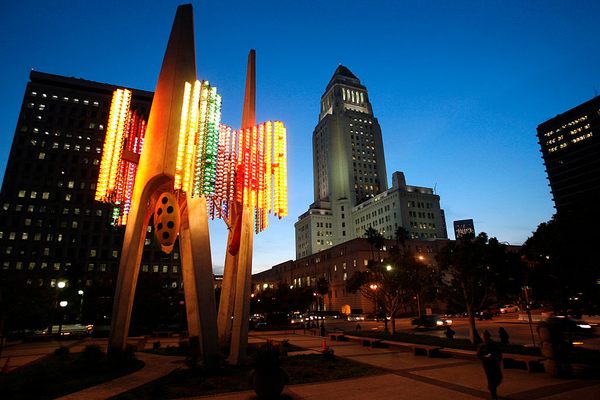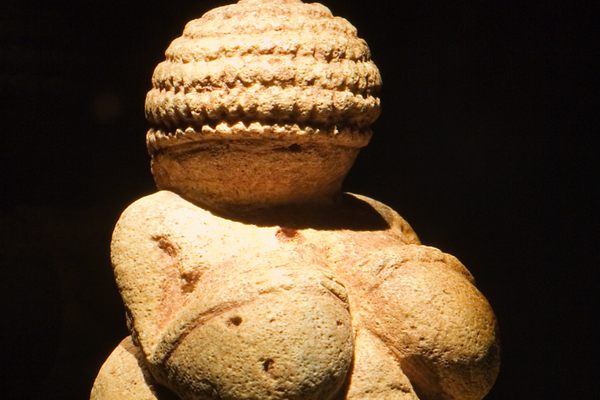A New Underground Art Installation in Paris Where the Nazis Hid Stolen Pianos
The artist JR, in collaboration with Os Gemeos, had made a permanent installation almost no one can see.

The Palais de Tokyo in Paris (Photo: Maciej Zgadzaj/CC-BY-2.0)
A collaboration between world-renowned street artists JR and Os Gemeos was unveiled today, with the announcement coming not through official press release, but the artists’ (and model Cara Delevingne’s) Instagram accounts.
The quartet posted the first photos of an installation created over the past two days in the cavernous basement of the Palais de Tokyo, part of the museum’s ongoing Lasco Project, in which graffiti artists use the basement as a canvas to explore themes of “urban violence, inner demons, social tension, the political weight of walls, and the history of graffiti itself.”
A quick primer on the artists behind the work: JR, whose full name is unknown, describes himself as a photograffeur who exhibits his art freely in the “art gallery of the world”, flyposting photographs on walls, roofs, and bridges in France, Brazil, the Middle East, and elsewhere. After receiving the 2011 TED Prize, JR launched the Inside Out Project, a global participatory art project that empowers individuals to “share their portrait and make a statement for what they stand for.”
Os Gemeos (Portuguese for “The Twins”) are brothers Gustavo and Otavio Pandolfo, best known for their massive murals in cities around the world, which frequently feature their signature yellow-hued characters. The three artists have collaborated before, creating a mural showcasing both of their individual styles on a building in New York City’s Lower East Side in August 2015.
According to the artists’ Instagram captions, their new collaboration is meant to highlight the role the Palais de Tokyo’s basement played during Paris’ occupation by the Nazi regime in World War II. During the war, the Nazi party organization Einsatzstab Reichsleiter Rosenberg (ERR) operated throughout occupied Europe to appropriate cultural property for the enrichment of the Third Reich. The ERR’s plundering of fine art is well-documented in popular culture, but the looting carried out by the Sonderstab Musik, a division devoted to seizing musical compositions and instruments, is not as frequently discussed. In Verdict on Vichy, Michael Curtis writes that the Sonderstab Musik seized over 8,000 pianos during its operation from 1940 to 1944. When Paris was liberated in 1944, over 2,000 pianos were found stored in the basement of the Palais de Tokyo.
This incident has previously been incorporated into art exhibited at the Palais de Tokyo; in 2015, artist Jesper Just alluded to the pianos in his audiovisual installation Servitudes. According to Architectural Digest, Just purposefully used a piano composition in the work after learning of the basement’s use during World War II.
The new murals posted to Instagram depict figures drawn in Os Gemeos’ signature style playing—and mourning—grand pianos portrayed in JR’s trademark black-and-white photography, on walls in what appears to be one of the more derelict areas of the basement. Indeed, the captions note that the installation is not accessible to the public for safety reasons, although other installations in the Lasco Project can be visited.
However, the installation will be permanent, serving as a lasting reminder of one of the darkest periods in Paris’—and the art world’s—history.























Follow us on Twitter to get the latest on the world's hidden wonders.
Like us on Facebook to get the latest on the world's hidden wonders.
Follow us on Twitter Like us on Facebook